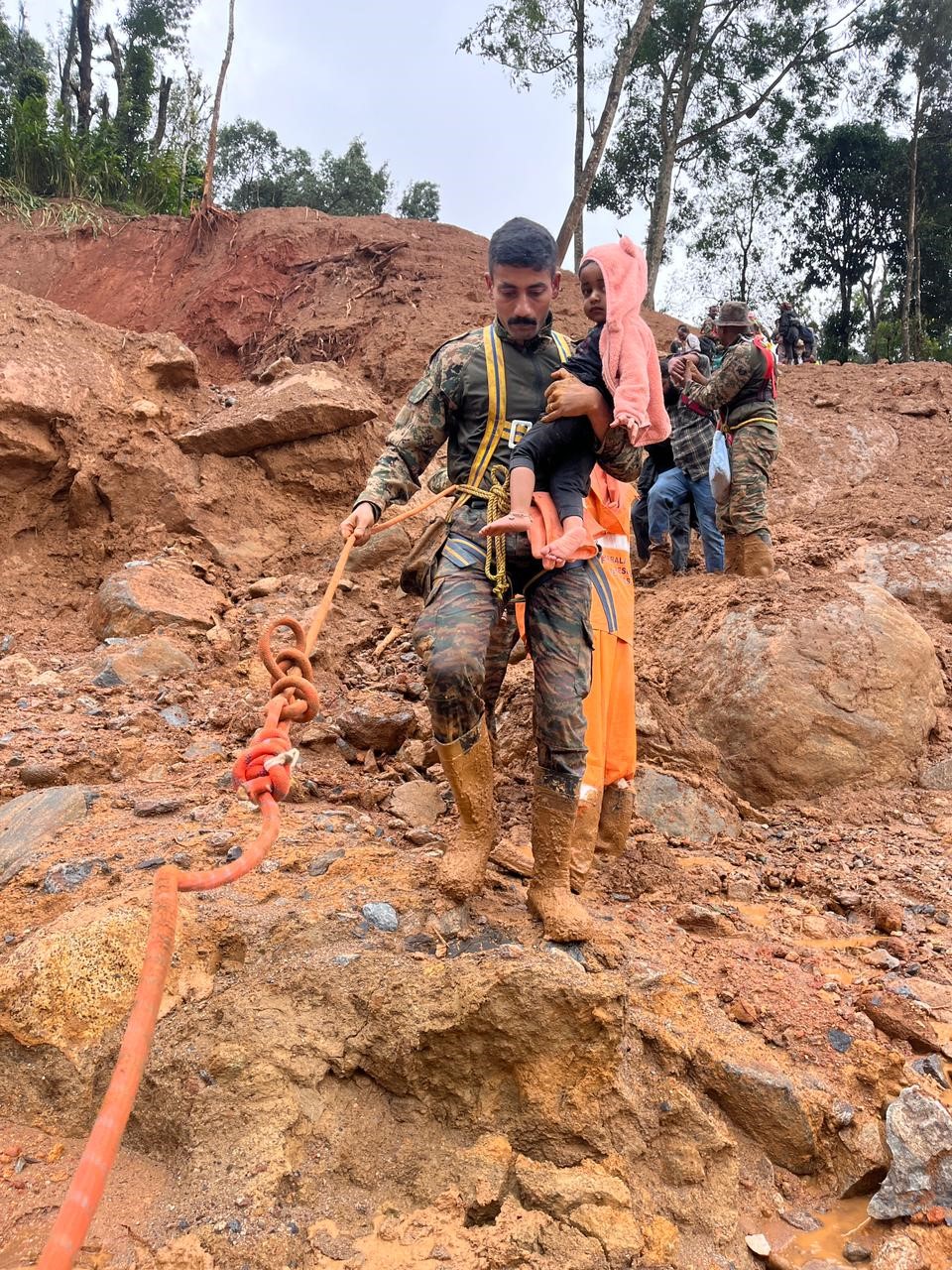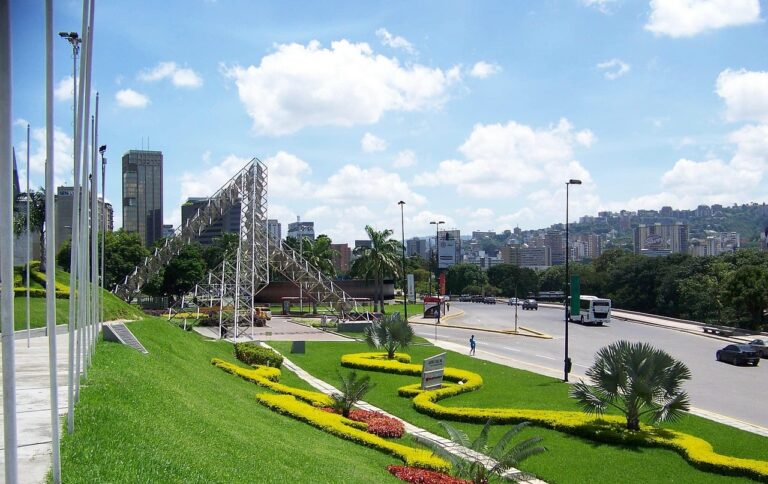
Thiruvananthapuram: Experts say a ‘dam’ and record rains caused the Waynad disaster. A team of geologists that extensively surveyed and studied the July 30, 2024, landslides in Chooralmala, Meppadi and other areas in Wayanad pinpointed ‘a daming effect’ to be the reason for the disaster.
The team told the media that an earlier landslide in Chooralmala in 2020 had resulted in a flow of debris downstream of the local river and this had accumulated and created a sort of dam. When it rained heavily on July 30, 2024, immense pressure was built up due to the ‘dam’ blocking the flow and this resulted in a massive landslide.
The team also said that many areas are now unfit for human inhabitation. A detailed report of their findings would be submitted later, the team said.
Meanwhile, a study by the World Weather Attribution (WWA) said that the rainfall that Wayanad received on July 30 that triggered multiple landslides claiming over 230 lives, was historically Kerala’s third heaviest and is linked to human-induced climate change.
Northern Kerala, which includes the district of Wayanad, received more than 140 mm of rain in a single day — equivalent to nearly a quarter of London’s annual rainfall.
The July 30 rainfall surpassed the single-day-rain Kerala received in 2018 (209 millimetres). An event of such magnitude is expected to occur about once every 50 years, the study said. The analysis also found that single-day monsoon downpours in Wayanad are currently 10% heavier than the pre-industrial (1850-1900) period.
WWA is an international initiative to analyse and communicate the influence of climate change on extreme weather events including rainfall and heat waves with help from scientists. The study was jointly conducted by researchers from four countries — the United States, the United Kingdom, Sweden and India.
Meanwhile, tourism in Wayanad has been badly hit. From Onam in September till the New Year, Wayanad used to witness a big tourism boom. Now many tourists have cancelled their bookings following the landslide not knowing that only a small portion of the district was hit by the landslide.
A post from Wayanad that has gone viral aptly described the situation. The post said: “It’s important to clarify that Wayanad is a district, not a town or a city. It’s a vast area of 2,300 square kilometres with a population of 8,17,420 people. The landslide affected only two villages in the southern part of the district. Most of the tourist destinations will be open from August 15 onwards. Please consider supporting Wayanad tourism as a way to help the local community recover”.
The post was from the resort and homestay owners of the district who have been badly affected by the massive landslides in Chooralmala and Mundakkai in Meppadi Panchayat.
Prominent figures emphasized that “efforts must be made to revive the sector. It is crucial that we rebuild the trust of tourists and ensure that they know Wayanad is still a safe and beautiful destination.”
Local authorities, in collaboration with tourism stakeholders, are actively working on plans and strategies to reassure tourists and restore the region’s appeal.
Tourism plays a critical role in Wayanad’s economy, especially in the wake of declining agricultural revenues due to wild animal attacks. In the last five years, significant investments have been made in the tourism sector, particularly in the villages of Meppadi Panchayat, including Chooralmala, Mundakkai, and Attamala areas now severely affected by the disaster.
*Shankar Raj is a former editor of The New Indian Express, Karnataka and Kerala, and writes regularly on current affairs.





